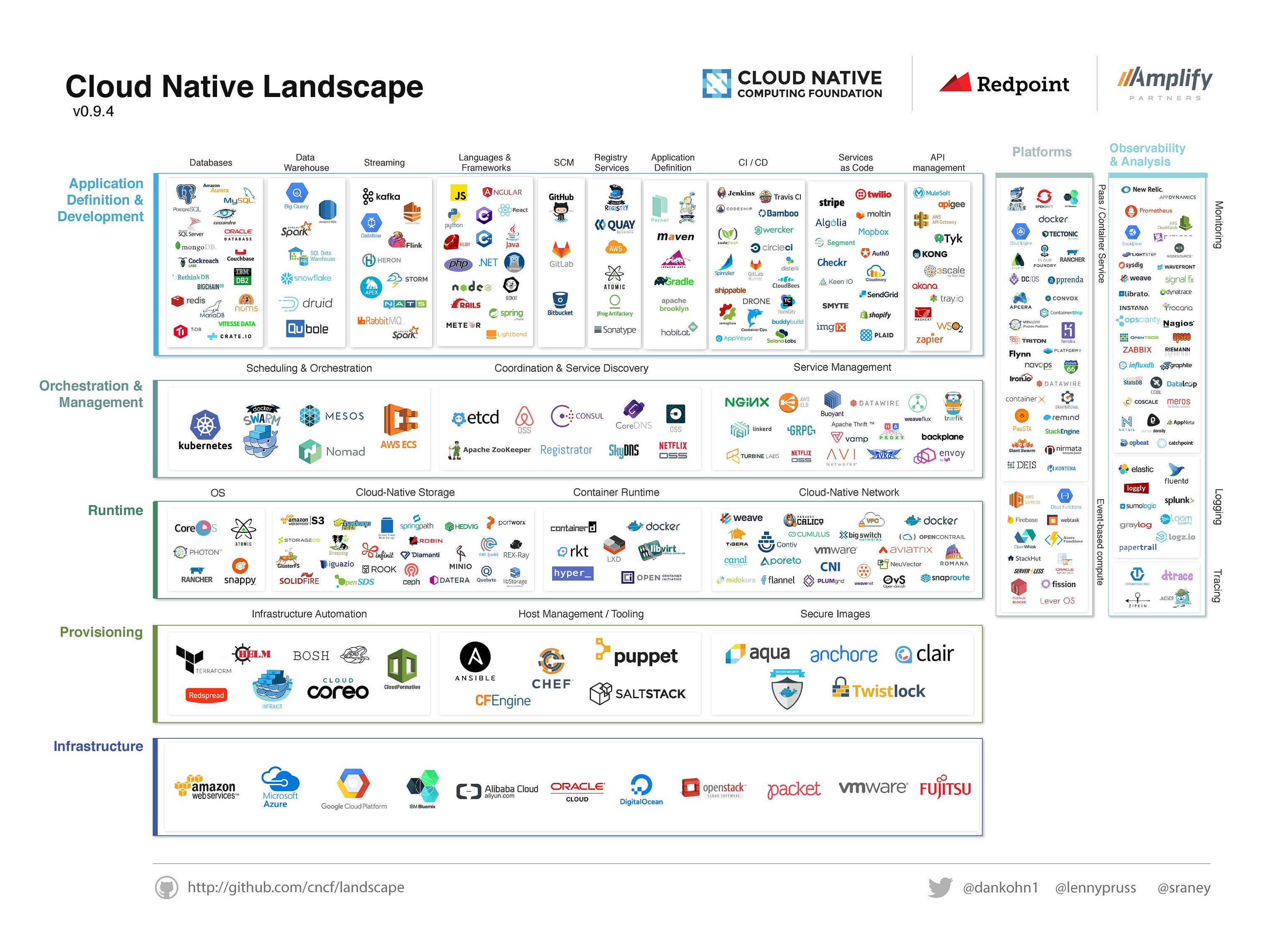

To understand the concept, first we need to look into its constituent parts. To read the entire Refcard, please download the PDF from the link above. This is a preview of the Introduction to Cloud-Native Java Refcard. You’ll get everything that is required to make your project cloud-native: tools, an assessment of advantages and limitations, a detailed user guide, and a walkthrough example to get you started right away. In this Refcard, we go through the basic explanations of cloud-native development on Java and see the scope of capabilities brought by multiple utilities. And those that use Java, one of the most popular programming languages, are major beneficiaries of this approach thanks to containers, JVM optimizations, multi-purpose frameworks, and native image technology.

Writing, deploying, and managing applications outside of local machines opens countless opportunities for businesses around the world. Ever since the first virtualized services emerged in the 90s, it was only a matter of time before the software development process in its entirety moved to the cloud. Go beyond and look toward the future of cloud-native, serverless, event-driven architectures.Cloud-native solutions are not a novelty thing.Discover how to complement a traditional enterprise Java application with components on top of containers and Kubernetes.Find a starting point for your migration projects by identifying candidates and staging them through modernization steps.Build a cloud-native platform that supports effective development without falling into buzzword traps.Understand how enterprise Java specifications can help you transition projects and teams.Learn the basics of cloud-native applications and understand what parts of your organization's Java-based applications and platforms need to migrate and modernize.This practical book helps developers examine long-established Java-based models and demonstrates how to bring these monolithic applications successfully into the cloud-native model with Kubernetes.

While containers, microservices, and distributed systems dominate discussions in the tech world, most applications in use today still run monolithic architectures that follow traditional development processes.


 0 kommentar(er)
0 kommentar(er)
